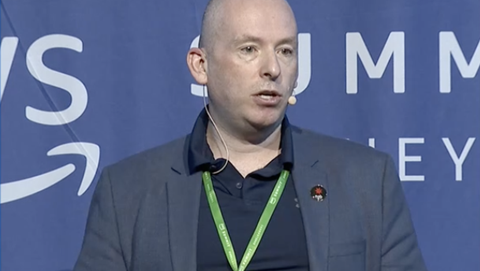The Department of Defence has stepped up its push for open source software to reduce its $100 million annual software licensing bill.

Last week, it joined five other government agencies in forming the Open Technology Foundation, which aimed to facilitate collaboration and interoperable technology in the public sector.
Defence chief technology officer Matt Yannopoulos said the department had been considering open source software for more than three years.
Prior to the Federal Government’s introduction of a more aggressive open source policy in January, Defence had not “specifically encouraged” open source software tenders from the market.
Although Defence was “happy to consider open source”, Yannopoulos said its requests for tender were typically dominated by proprietary software vendors.
In accordance with the new policy, Defence tender documents now explicitly stated that it would consider open source software options alongside proprietary products.
Yannopoulos said it was still too early to tell how the policy would affect the market; however, he speculated that open source suppliers may have been held back by smaller marketing budgets when bidding for government tenders in the past.
He hoped that the OTF would encourage those vendors to step up their efforts. The foundation would also provide government organisations with advice to support adoption of new technologies, he said.
“It’s quite difficult for a major organisation like Defence to engage in the open source community,” he said, explaining the need for shared advice.
Cutting costs and increasing innovation
Defence spent $1.3 billion each year on information technology, including $100 million on software licenses.
“Any gain I can make there will be welcome,” Yannopoulos said. “I’m comfortable that we will see greater use of open source in the next 12 months.”
Defence planned to purchase geospatial, human resource and finance, staff collaboration and integration software in the coming year.
It currently used Red Hat infrastructure software and Apache web server software. Future open source projects would most likely be in the web content management area, Yannopoulos said.
Although the department was primarily a “Microsoft Office house”, some 100 corporate staff used the free OpenOffice suite in a “semi-formal” trial that began a year ago.
Yannopoulos said he kicked off the trial after having used OpenOffice at home.
He said he would consider extending the trial to more users, but was concerned that staff would need to be trained to use OpenOffice should it be deployed more widely.
“It would be a major decision for the organisation,” he said.
Besides lowering costs, Yannopoulos hoped to improve the department’s innovativeness and speed by leveraging the dynamic open source development community.
As a member of the OTF’s interim board, Defence would have a say in determining research areas and prioritising technology trials.
The department was not yet involved in any OTF pilots, but “that is my intent”, Yannopoulos said, noting that pilots would be conducted in corporate, not military, areas.




















